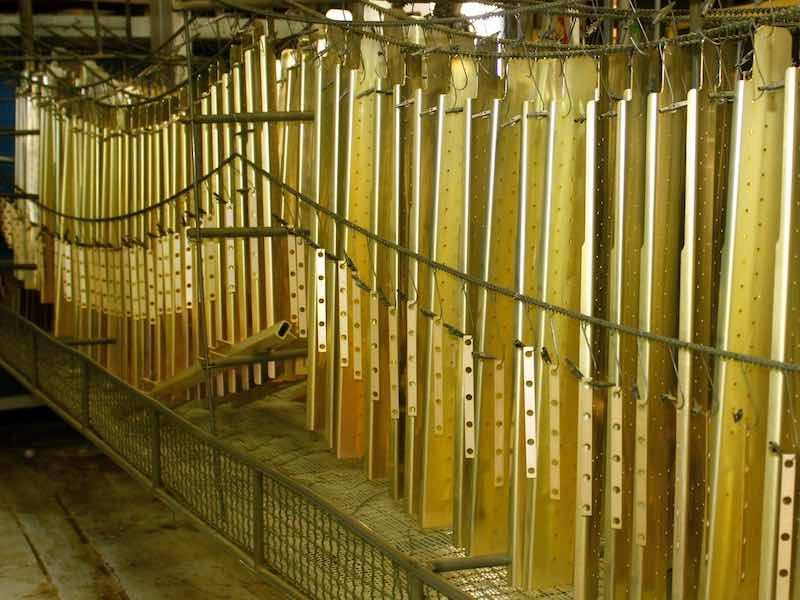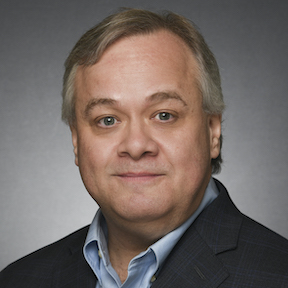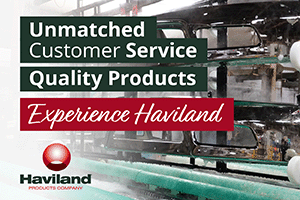Welcome to the New Year, which seems very similar to the one we just let go of. But we digress.
As much as things change, they often stay very much the same. In this first edition of 2023, we take you on a journey through several processes that many of you are familiar with (plating, powder coating, etc.) and some you may not be (cyanide removal, novel pretreatment processes onto aluminum alloys et al.) as we bring you numerous articles for your enjoyment.
We take a look at Paragon Services, which has over 40% of its sales tied to Boeing parts manufactured by tiers in the Wichita area. As the perfect storm of forces started wreaking havoc on not only the U.S. economy but especially Boeing, we show how Paragon owner Brock Elliott made the necessary changes to keep his business viable.
“I’ve been here since 1983, and I never thought I would see the day, but Boeing basically did not build an aircraft for two years,” Elliott says.
We also go inside S&B Finishing in Chicago, where of its 51 employees, more than 30 of them have worked at S&B for over 10 years, including 20+ who have been there for over 20 years and 13 more who have been with the powder coater for more than 30 years.
“The employees we have are the key to our success,” says Uju Nkemena, General Manager of S&B Finishing. “They don’t jump around to different jobs, and they certainly understand how important it is to get things right.”
As we said, some things never seem to change, and that is the pummeling that regulatory agencies are giving the finishing industry, especially when it comes to PFAS and hexavalent chromium issues.
Recently, a Midwest plating operation conducted a test of its wastewater discharge to see if PFAS were present. They had heard about EPA and States suspecting PFAS in wastewater discharged from plating lines and feared inspections may be on the horizon.
It turns out the shop owner had a reason to be concerned: the facility — which we are not naming in this article to gain approval to share their story — received a positive test result.
They then set out to find out how PFAS got into their system, which turned out the be coming from the parts that the shops were getting from their customers. It seems PFAS is also present in cutting fluids used in the machining industry, as well as oils and other contaminants that then make their way into finishing shops to be cleaned and coated.
That led us to speak to four legal experts on how shops can protect themselves from letting this continue to happen, all of which is important since the EPA will soon come knocking.
In addition, we write how the California Air Resources Board has set a January 26 public hearing on its plan to ban decorative and functional hexavalent chromium plating and anodizing operations in the state.
The CARB panel will review staff recommendations on amendments to its Airborne Toxic Control Measure for chromium electroplating and chromic acid anodizing operations that would outlaw some hex chrome applications.
That said, welcome to 2023, and best of luck to all of you.
Q=K.SV∫t1t2P.dt





 Tim Pennington is Editor-in-Chief of Finishing and Coating, and has covered the industry since 2010. He has traveled extensively throughout North America visiting shops and production facilities, and meeting those who work in the industry. Tim began his career in the newspaper industry, then wound itself between the sports field with the PGA Tour and marketing and communications firms, and finally back into the publishing world in the finishing and coating sector. If you want to reach Tim, just go
Tim Pennington is Editor-in-Chief of Finishing and Coating, and has covered the industry since 2010. He has traveled extensively throughout North America visiting shops and production facilities, and meeting those who work in the industry. Tim began his career in the newspaper industry, then wound itself between the sports field with the PGA Tour and marketing and communications firms, and finally back into the publishing world in the finishing and coating sector. If you want to reach Tim, just go 






















